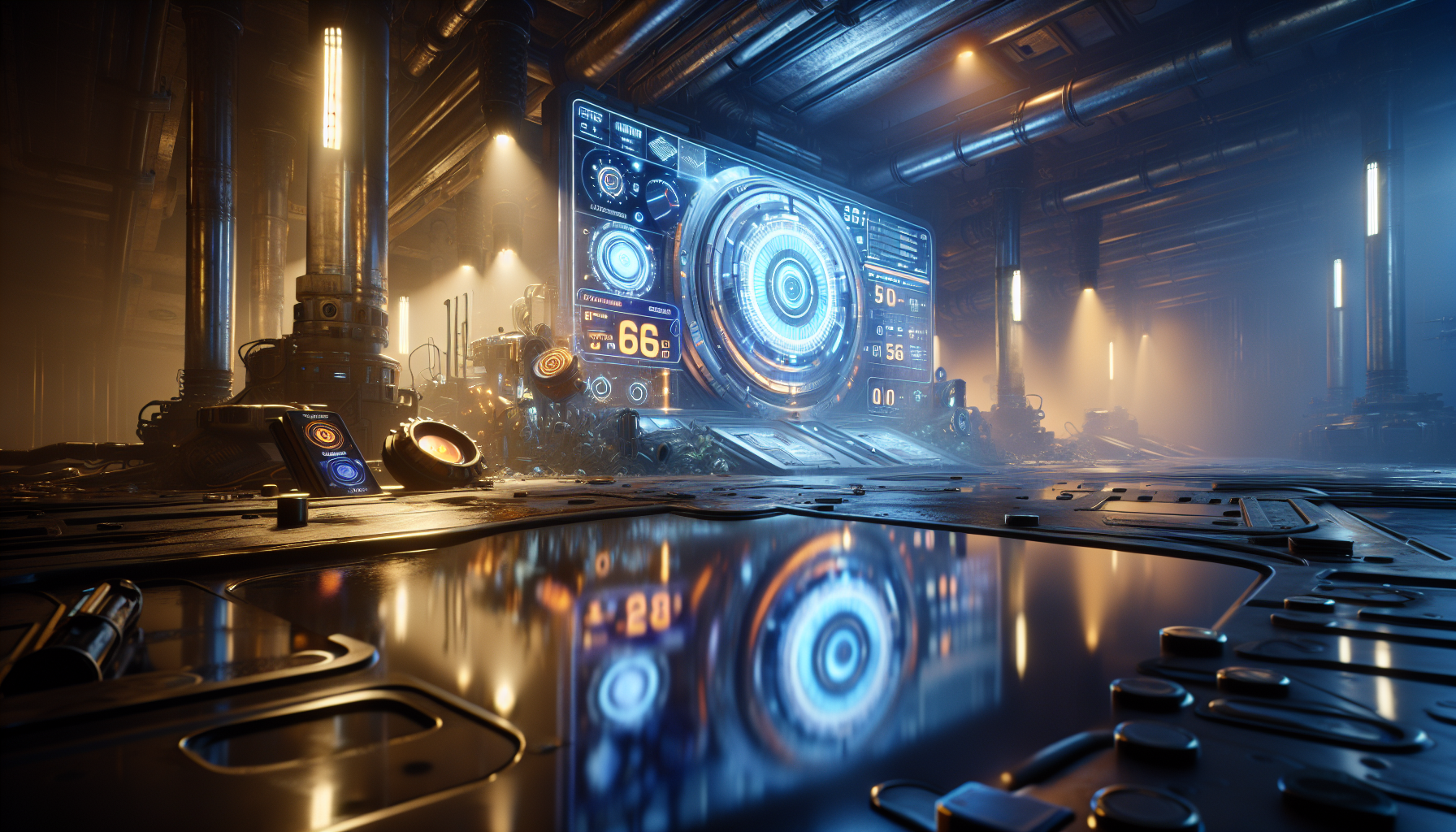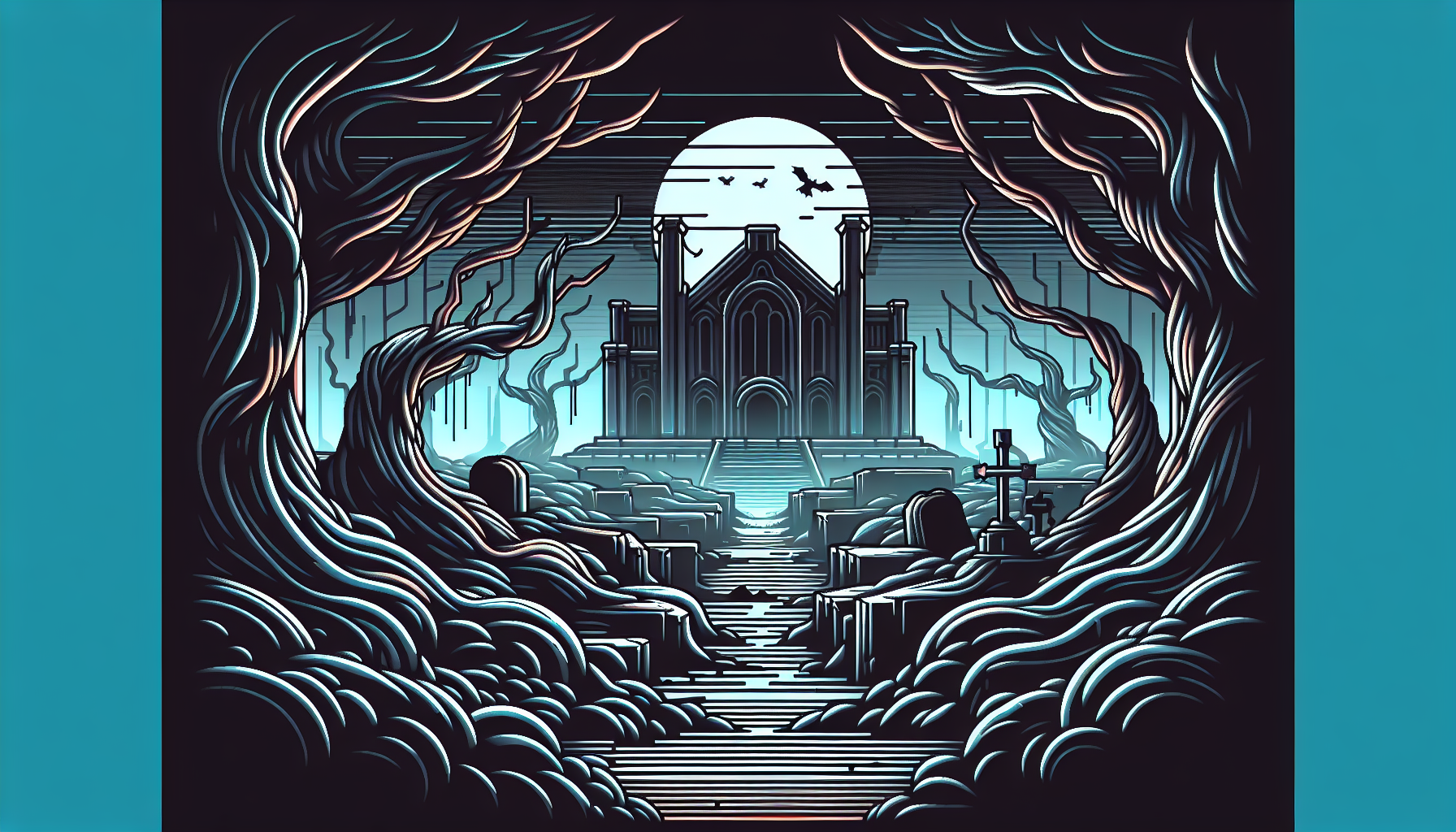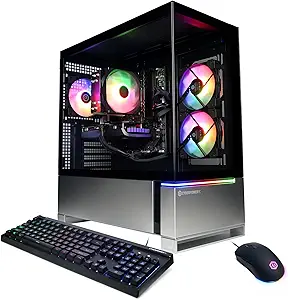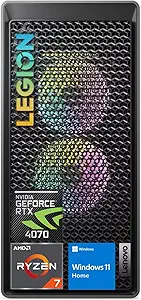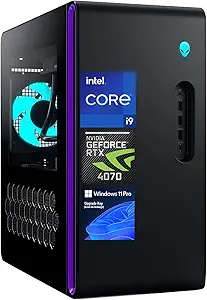From its stunning narrative to its groundbreaking gameplay mechanics, Half-Life 2 has carved its place in gaming history. Released in 2004, the title not only redefined first-person shooters but also left an indelible mark on storytelling in games. Fast forward to today, and Valve’s classic is being revitalized through the RTX remaster, a nostalgic yet modern interpretation that aims to push the boundaries of vintage gaming.
Technological Advancements in the RTX Remaster
The RTX remaster of Half-Life 2 isn’t just a mere visual upgrade; it’s a complete overhaul that brings cutting-edge technology to a beloved classic.
Enhanced Graphics
At the heart of this remaster is ray tracing technology, a marvel that allows for real-time lighting calculations. This isn’t just a buzzword; it’s what transforms every flickering lamp and moving shadow into a captivating experience. Imagine navigating the damp corridors of City 17, with reflections glimmering realistically in puddles, and shadows that breathe life into the environment.
- Lighting: Enhanced global illumination offers a natural feel to every scene.
- Shadows: Shadows now play a crucial role in creating tension and immersion.
- Reflections: Water and surfaces respond dynamically, enhancing realism.
Improved Gameplay Mechanics
With visuals improved, it would be easy to overlook the enriched gameplay experience. However, the remaster significantly boosts the physics engine, adding depth to interactions that feel fresh even after years of playing the original.
- User Interface Improvements: New UI elements make it easier to navigate without overshadowing the gripping narrative.
Platform Compatibility and Performance
Gone are the days when older titles suffered from poor adaptation to new tech. The RTX remaster is optimized for a variety of platforms, ensuring that everyone can dive in. It has demanding system requirements, but the performance metrics indicate smooth gameplay even in graphically intense moments.
Nostalgia Meets Modernity
For many, revisiting Half-Life 2 isn’t just about seeing old graphics with a shiny new coat of paint; it’s about reigniting cherished memories. This remaster captures emotional connections forged during late-night gaming sessions and intense boss battles. And while new players are welcomed into this legacy, the remaster addresses the expectations of a more demanding audience.
Fan Reactions and Community Engagement
The online discourse following the remaster has been buzzing with excitement. Fans recall their first experiences vividly, attaching personal stories to every level. Communities have sprung up to discuss not only the nostalgia but also the modern implications of what this remaster does for gaming heritage.
Impact on the Gaming Community
The influence of the Half-Life 2 RTX remaster ripples outward, reviving old titles while drawing in newer generations. By breathing new life into this classic, Valve is highlighting the necessity of gaming preservation.
Comparisons with Other Notable Remasters
Within the industry, other remasters have set the stage. Titles like Resident Evil 2 and The Legend of Zelda: Link’s Awakening demonstrate how old content can re-engage players with modern techniques. Half-Life 2’s remaster adds yet another layer to this evolving narrative of game preservation.
The Future of Remastered Games
As we gaze into the future of gaming, it’s evident that remastered titles will continue to play a crucial role in keeping our cherished classics alive. They serve not just as a bridge to the past, but also as a beacon for new players discovering groundbreaking experiences for the first time.
There’s a palpable excitement in the air as the gaming world rallies around this remaster. It makes us wonder how many other classics we would love to see revitalized. So grab your controllers, dive back into the universe of Half-Life 2, and let nostalgia wash over you as modern gaming advances.

